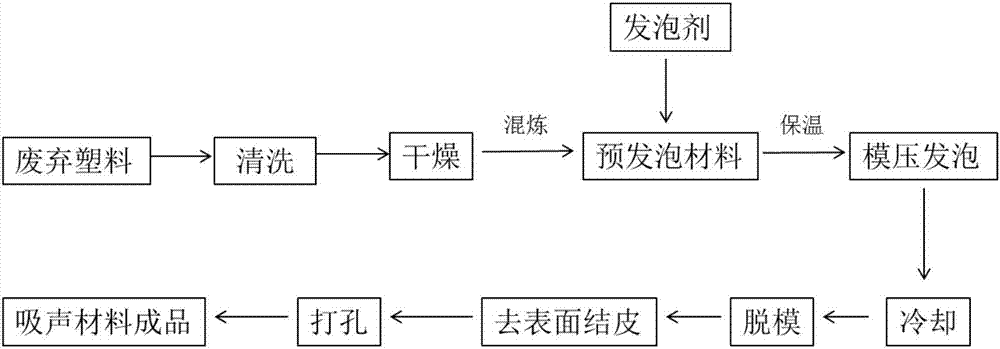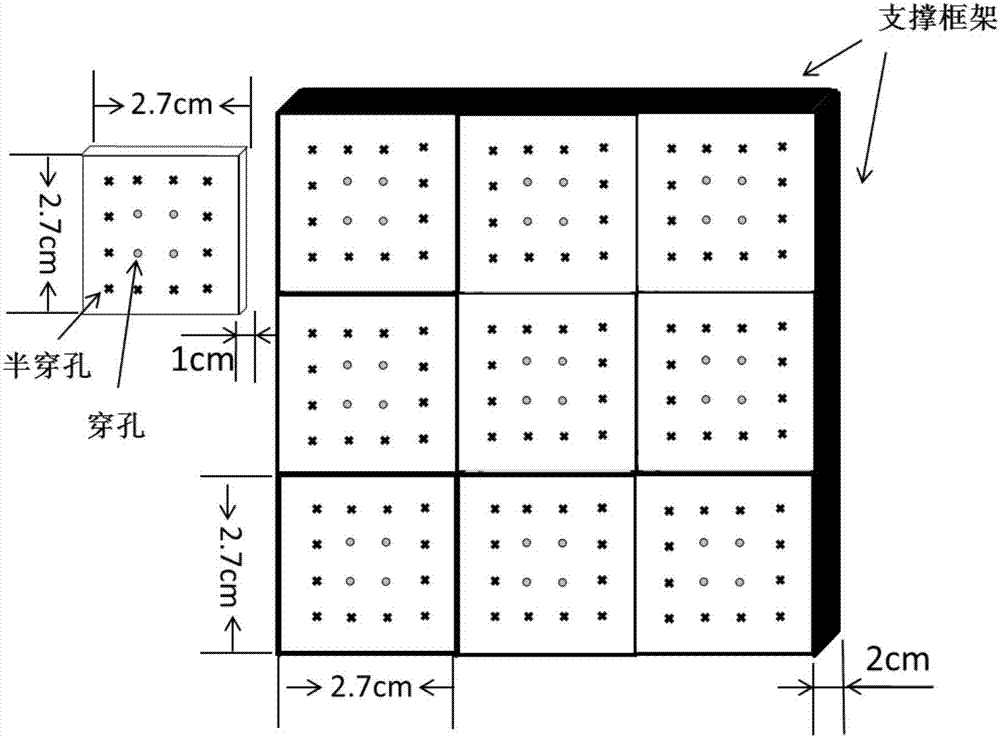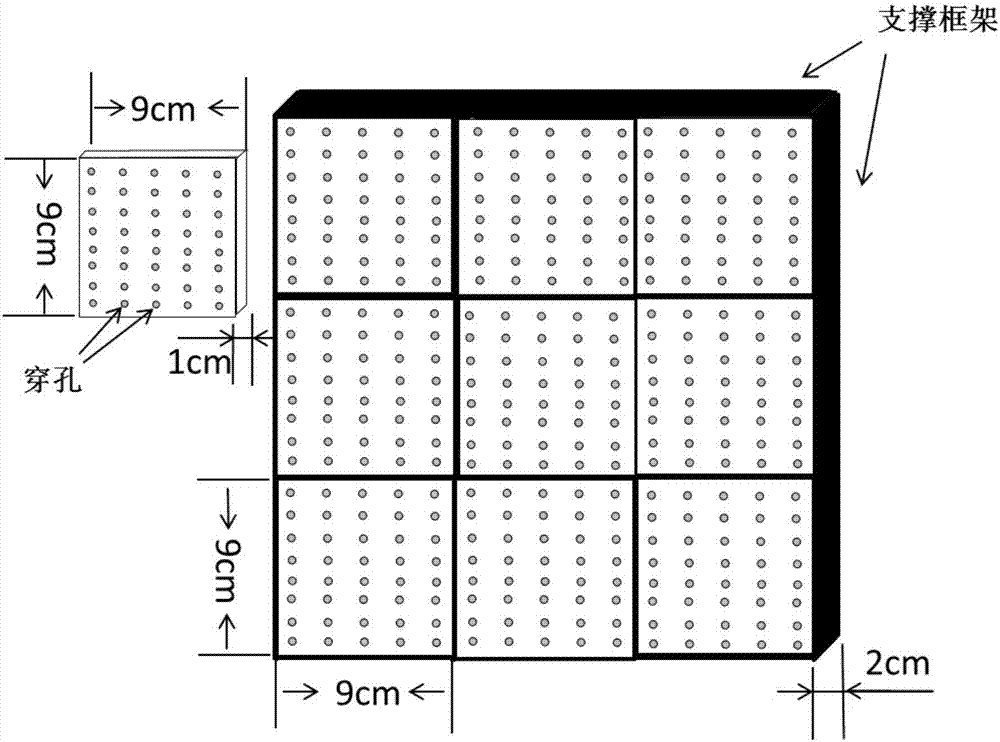Technology for preparing composite hole structure broadband sound absorption material through waste plastic
A technology for waste plastics and sound-absorbing materials, which is used in the environmentally friendly recycling of various waste polymers and solid waste treatment. , the sound absorption material is thick and other problems, to achieve the effect of easy installation, wide sound absorption frequency range, low cost
- Summary
- Abstract
- Description
- Claims
- Application Information
AI Technical Summary
Problems solved by technology
Method used
Image
Examples
Embodiment 1
[0023] according to figure 1 The flow chart uses waste agricultural mulching film as raw material, washes it with water, and then air-dries it naturally for later use. Mix 3.6 grams of mulch film with 0.054 grams of azodicarbonamide at 160°C. After the mixing is uniform, the mixed material is made into a flat sheet similar to the shape of the mold. After preheating the mold at 180°C for 10 minutes, the compounded material was placed in the mold and foamed for 40 minutes. After foaming, let it cool naturally to below 100°C and demould. Cut off the surface crust layer of the demoulded material to expose the pore structure, and punch 4 perforations with a diameter of 0.3 cm and uniform gaps and 12 concave holes with a depth of 5 mm on the material, and install the air layer behind it. 10mm sealed rigid bracket. In the frequency range of 200-6400Hz, the highest sound absorption coefficient can reach 0.99 (900Hz), the sound absorption peak width is about 500Hz, and the average ...
Embodiment 2
[0025] according to figure 1 The flow chart uses waste polyethylene plastics as raw materials, washes them with water, and then air-dries them naturally for later use. 40 g of polyethylene was kneaded with 0.60 g of azodicarbonamide at 160° C. for 2 minutes, and then the kneaded material was pressed into a flat sheet approximately in the shape of a mold. After the mold was preheated for 10 minutes at 180° C., the compounded material was placed in the mold and molded and foamed for 40 minutes. After foaming, let it cool naturally to below 100°C and demould. Peel off the surface crust layer of the demoulded material to expose the pore structure, and punch 40 perforations with a uniform gap and a diameter of 0.3 cm on the material, and install it on a sealed rigid support with a thickness of 10 mm behind the air layer. The highest sound absorption coefficient in the frequency range of 160-1280Hz can reach 0.99 (900Hz), the sound absorption peak width is about 600Hz, and the ave...
PUM
| Property | Measurement | Unit |
|---|---|---|
| thickness | aaaaa | aaaaa |
| sound absorption coefficient | aaaaa | aaaaa |
| sound absorption coefficient | aaaaa | aaaaa |
Abstract
Description
Claims
Application Information
 Login to View More
Login to View More - Generate Ideas
- Intellectual Property
- Life Sciences
- Materials
- Tech Scout
- Unparalleled Data Quality
- Higher Quality Content
- 60% Fewer Hallucinations
Browse by: Latest US Patents, China's latest patents, Technical Efficacy Thesaurus, Application Domain, Technology Topic, Popular Technical Reports.
© 2025 PatSnap. All rights reserved.Legal|Privacy policy|Modern Slavery Act Transparency Statement|Sitemap|About US| Contact US: help@patsnap.com



